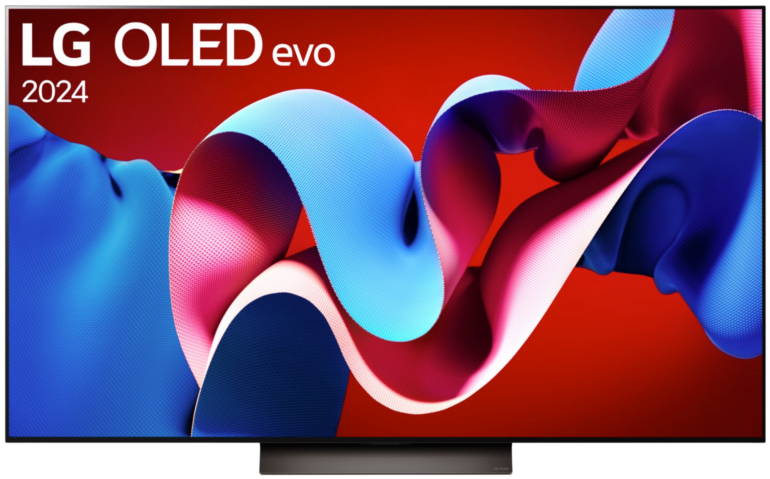Sony X900H vs NANO90 TV comparison 2021/04
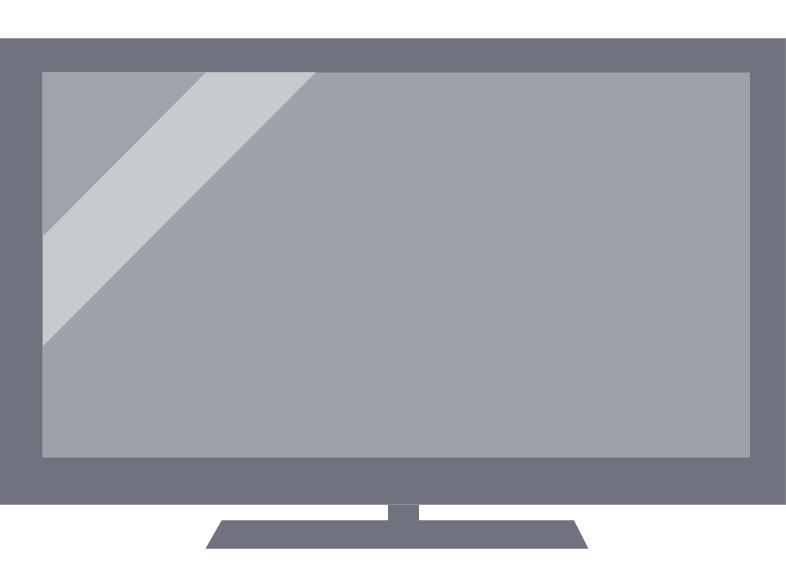

Hey! If you buy through our links, you support our project. It won't cost you a cent more! Many thanks in advance! ♥️
Sony X900H and NANO90 compared – Which TV is better?
Detailed comparison: Sony X900H or NANO90

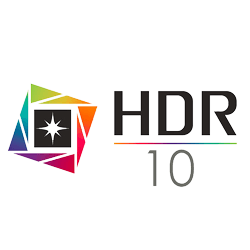

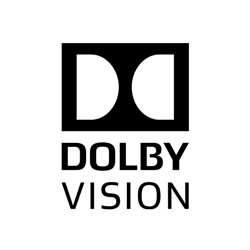





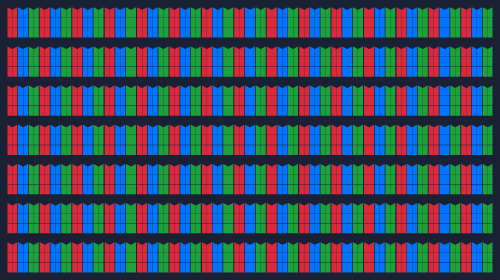


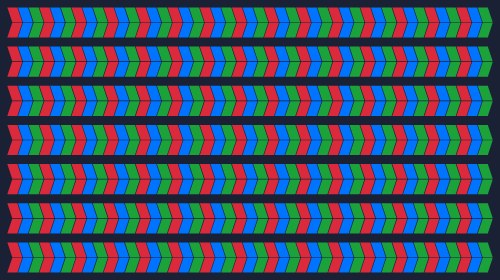


























integriert

kompatibel


integriert

integriert
Our conclusion:Would you prefer a wider viewing angle, or better image quality?
Because of the different panels, the two TVs could not be more different. The overall performance looks quite similar on our comparison chart, but the LG NANO90 can only compete in a few points against its Japanese counterpart. Its IPSIn-Plane Switching, type of LCD Panel panel has the advantage of a wide viewing angle, which is especially needed if the TV is to be used in a setup where the couch is not exactly facing the TV, or if many people want to look at the TV at the same time, as is the case with multiplayer gaming. Otherwise, you should really choose the X900H Bravia, which has a clearly better picture quality and does not show the dirty screen effect – which is unfortunately clearly visible on the NanoCell TV and is especially annoying when watching sports. The overall performance is simply more rounded, so in this comparison it can cope with the flaw of the narrow viewing angle. If you are looking for a TV for gaming, both TVs are a good choice. Due to the slightly better motion handling of the X900H, it also has a slight advantage here, but otherwise the two TVs show a very similar performance.
If you want to have a good picture quality while gaming and still have a wide viewing angle, you’ll probably have to get a QLED or an OLED, because the next more expensive TV from Sony’s Bravia series, the XH95, has a wide viewing angle, but unfortunately a subpar next gen gaming performance.

- Deep Blacks
- Contrast ratio: 4800:1
- Full Array Local Dimming (FALD)
- High color accuracy
- Dolby Vision & Atmos
- 120Hz VA-Panel
- Viewing angle
- 32 dimming zones

- 120 Hz IPS-Panel
- Input Lag <15 ms
- Viewing angle
- Full Array Local Dimming
- Reflection handling
- Dolby Vision & Atmos
- HDMI 2.1
- Black levels
- Contrast ratio 1680:1
- Dirty Screen Effect
- Poor FALD
